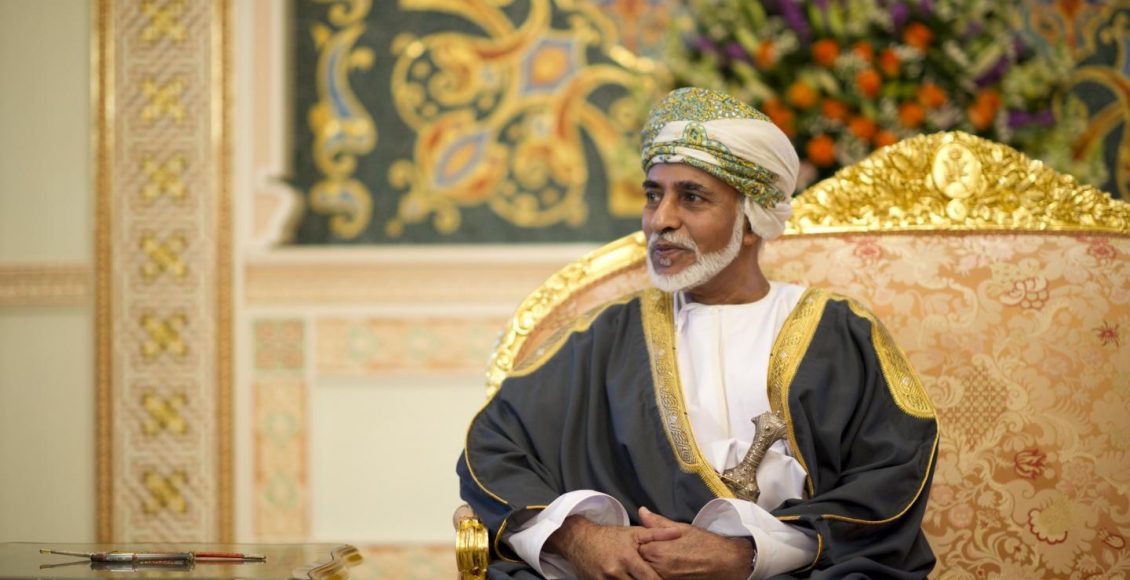Peace in the Middle East: Interreligious Coexistence in Oman
By: Benjamin Lutz

Oman serves as a case study of peace in a region characterized by conflict. Its modernization, relatively fair treatment of migrant laborers, and insistence on interreligious dialogue has defined the last forty-eight years in Omani history as one of continual development and growth. The tenants of collaborating, engaging in dialogue, and embracing multiculturalism are all central to Omani identity. The interplay between Ibadism and Omani society highlights the countrywide commitment to sustaining the peace through the emphasis of a culture of respect, tolerance, and coexistence.
Apart from a community in Zanzibar (a former territory of the Omani Empire, modern day Tanzania) and a few small parts of North Africa, Ibadism is a majority tradition only in Oman. It predates the schism between Sunni and Shia schools of Islam. The original group of Ibadis settled in modern day Oman and has constantly experienced multiculturalism due to its location on the Persian Gulf near the Arabian Sea and Indian Ocean. Ibadism’s unique situational and theological history has impacted modern Oman especially dialogue between its culturally different communities.
Sultan Qaboos, the only Ibadi world leader, has been continuously ruling the Sultanate of Oman since he led a bloodless coup d’état in 1970. Through his policies, he combined Ibadism with the emerging Omani identity, subsequently creating a vibrant state that ended Oman’s isolationist tendencies by opening up its oil market, joining several international organizations, and focusing on economic and societal modernization.
The tolerance found in present-day Oman makes it the perfect place to study how a leader can influence the societal tenants of coexistence and religious pluralism.
Modern Oman continues in this trajectory of coexistence, as over a fourth of its inhabitants are migrant laborers that do not practice Islam. Sultan Qaboos has ensured there are places of worship for the communities of migrant laborers, which leads to more integration throughout Omani society. Oman has been adamant about protecting the religious rights of all faiths residing in Oman, while also continually supporting economic development.
Oman’s multiculturalism revolves around its diversity. Although a majority of Oman’s citizenry are Ibadi; Sunnis, Shiites, Hindus, Christians, Buddhists, and other religious groups live in Oman. In Muscat alone, there are two Christian compounds (each with a Protestant, Orthodox, and Catholic Church) and two large Hindu temples. The government of Oman protects these religious spaces and has articulated that it will create new ones to reflect changes to its population. In addition, the Sultan Qaboos Grand Mosque, the largest mosque in Oman, allows non-Muslims to enter the prayer halls. Further, the architecture of the mosque includes Ibadi, Sunni, and Shia styles, highlighting Oman’s commitment as well to religious plurality within Islam.
Although Oman is the only Ibadi-majority country, its shared cultural context with the rest of the region highlights its potential ability to be replicated. Bringing Oman’s successes to the international arena can help other global communities struggling with problems of coexistence and religious plurality, especially in countries with similar religiously diverse communities.


